Behavior and the SLP
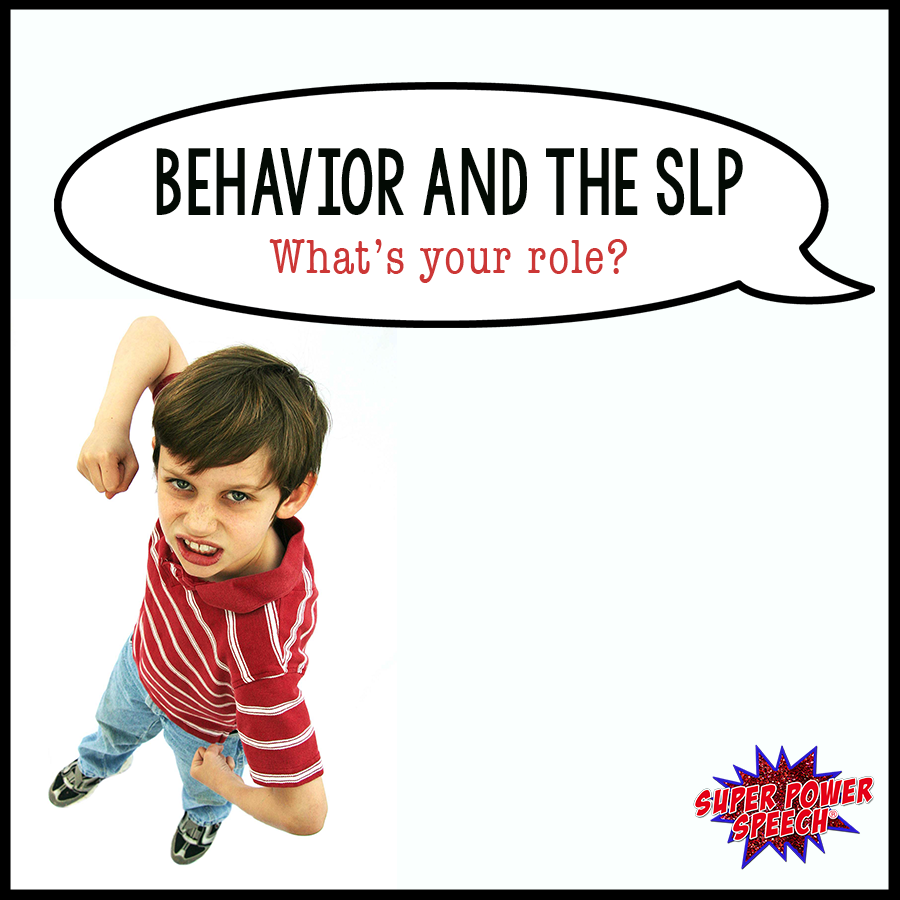
Of all the things that I did expect upon completing grad school, managing complex and challenging behavior was NOT one of them. I did not take a single class on students with trauma or emotional disturbance. I was never trained in how to write a functional behavior assessment or restrain a child. I LEFT the teaching field because of behavior. I never thought I’d be going back and be case managing students with these challenges.
Of everything I’ve learned in the last 15 years as an SLP, I have had the steepest learning curve in behavior management. In my district, SLPs must case manage any student with a primary disability of communication disorder–including kiddos with a lisp and a tendency to throw desks and chairs. I’m told there are many districts in which SLPs are not responsible for students with behavior unrelated to their communication disorder.
Thankfully, I have an amazing team at my school. The special education teacher has learned how to write and implement a functional behavior assessment as well as implement school wide systems. I’m learning extraordinary amounts from her. The counselor has taken an active role in helping all students, including the ones with IEPs (I’ve been told there are many counselors that won’t work with kids with an IEP because they are special education responsibility). And this year, as an answer to years of prayers, all elementary schools in my district have a “behavior specialist” within the building. We aren’t sure how that is going to play out, but we are so thankful to have her!
Over the years, my behavioral forte has become visuals. I’ve created visuals for point cards, routines, social stories, schedules, labels, and everything else. At the beginning of the year, I email out classroom schedules for the entire school as well as behavior cards for all teachers to carry. I bring my computer to meetings just to make them visuals and social stories on the fly. They call me the “visual queen”. I find this ironic since my title is speech, not visuals.
Here is my advice for new SLPs just realizing that their job duties include a lot of behavior management:
- Get extremely comfortable making visuals. Use Boardmaker, Smarty Symbols, photos from your camera, or google images. You can put these pictures into Boardmaker boxes, Photoshop boxes, Microsoft Word, or just print them out and glue onto card stock. Practice, practice, practice.
- Let teachers know that you are on their side but you are not going to babysit their students. Coach teachers on ways to help their students communicate and get their sensory needs met within their own classroom. With my high flyers, we meet every other week for 15 minutes to discuss current difficulties and things that are working. I will make new visuals for the student during the meeting and teach them during our next speech session.
- Demonstrate appropriate ways to interact with students who have communication disorders. Even if their behavior is not directly related to their communication disability, teachers, parents, and students need to know what it looks/sounds like to simplify directions, use if/then statements, give realistic choices, check for understanding, and give extra processing time.
- Give ten times the amount of positive statement as you do correction. Building a relationship with students is built on positive interactions. Students with behavior difficulties will not respond to your directions unless they respect you. A “positive” statement can be as simple as a comment, “Looks like you are wearing a new shirt today.” (because let’s face it, with some kids that is as close to a “compliment” as you can get!!).
- Use point sheets. These are an important part of PBIS and they are crucial towards taking data. If you want to see trends in behavior, check the point sheet data. If you want to see changes in behavior, check the point sheet data. Using a point sheet increases communication between the teacher and SLP (and the parent if these sheets are sent home daily). Point sheets can be downloaded from my resource library.
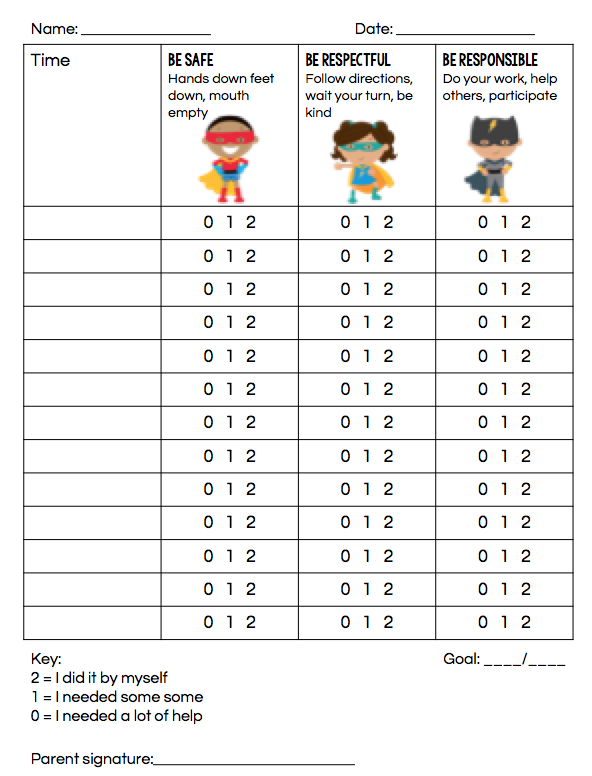
But that’s not all! You can get my favorite visual to keep on my body at all times… Behavior Visual Cards for free in the resource library.
⭐️⭐️ SUBSCRIBE HERE for access to my library of free speech materials.⭐️⭐️
This is how I wear my behavior cards on my apron:
If you’d like more information about the SLP and behaviors, check out my social skills products or these posts:
I would love to get more information on how things are done in other places. Please, please, please let me know…
- Who case manages a student in your school with an articulation disorder and severe behaviors?
- How do you organize behavior visuals for your students?
- How many visuals do you provide for teachers in your school?
I can’t wait to hear your answers!
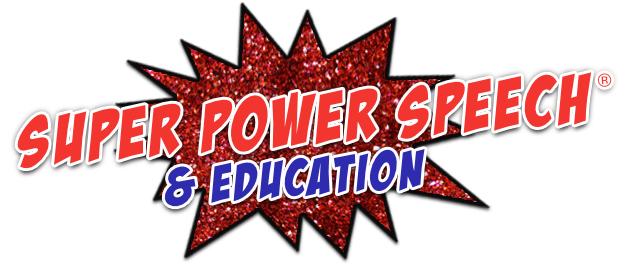
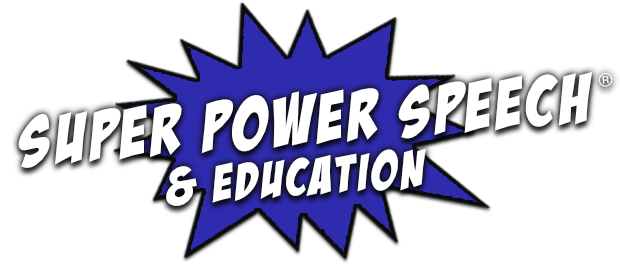
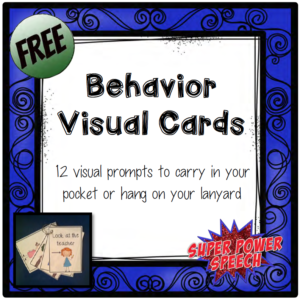
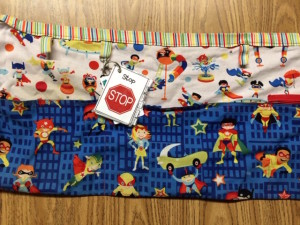


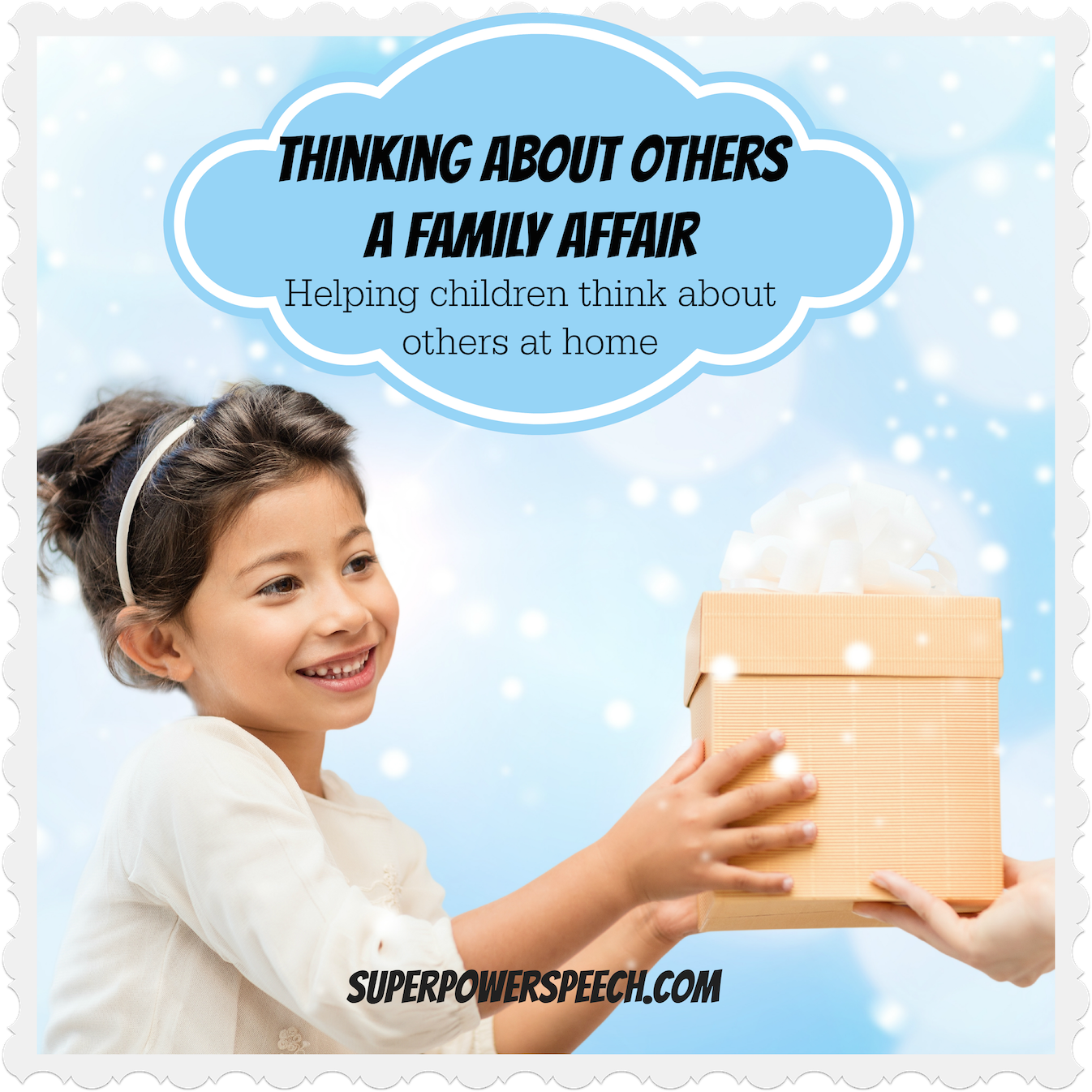
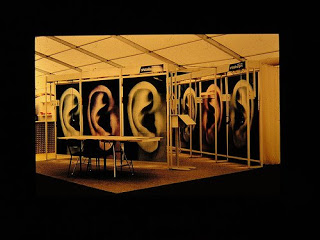
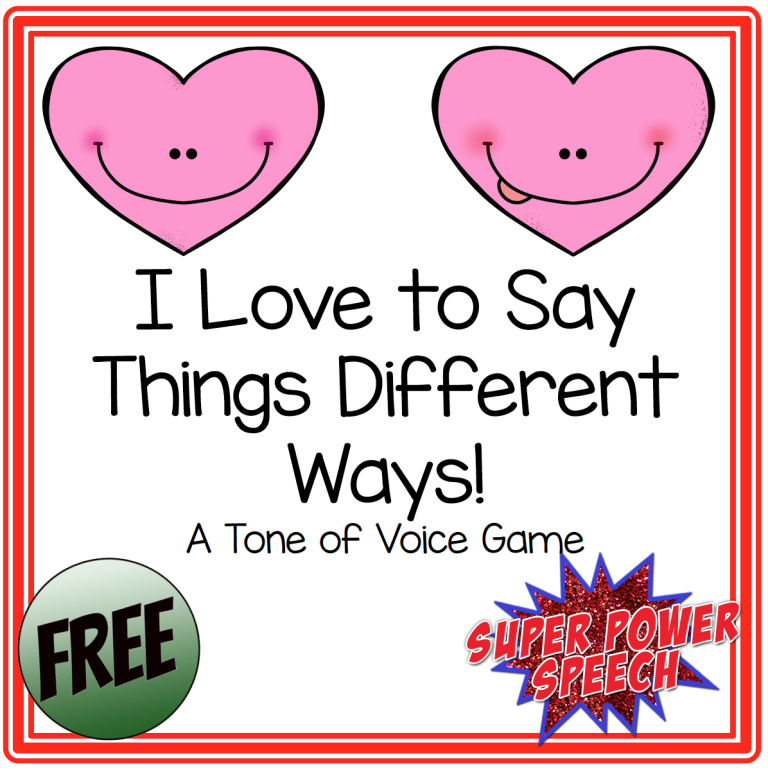

If a student’s behaviors are as severe as you’re describing, in my district we’d probably be looking at an emotional/behavioral disability in addition to speech. Occasionally the actual disability might stay speech/language only, but a special ed teacher would be case manager. Of course, SLPs always support that behavior plan and work on some of those social and communicative skills that lead to the behavior. This year I have a more challenging group with behaviors that I’m trying to figure out yet, but I give the teacher whatever she seems to need – yesterday I gave one twelve pictures, and we’ll see what else he needs. I hate overwhelming them and providing supports that may not be used or even needed.
I agree that behaviors are one of the most challenging parts of this job!
When this situation occurred at my school. We held a meeting with the assistant principal, counselor, school special education staffing coordinator, teacher, parents and district spectral education staffing coordinator. If course, I attended as well as the SLP. As a team, we discussed the behavior and made decisions as a team regarding implementing behavior plans and next steps to be taken. Further testing might be warranted to consider another area of eligibility. (2) I provided teachers with visuals to wear on their lanyards, emphasizing the need for them to be used consistently. I made sure all staff who interacted with those children had a set of visuals for their lanyard. Must of the teachers were on board and would use them consistently. Other visuals I would provide included visual communication boards that correspond with centers in prek as well as a more general communication boards and modeled aided language stimulation. Those were used in a general education prek class who had a student with very limited expressive language. The visuals were posted at the corresponding centers with Velcro so the teacher could pull them off to museum as needed. She reported that they ended up being very helpful. (3) Also helped with providing visual schedules as needed for various classrooms. Hope I answered all your questions thank you for sharing your wonderful ideas with us. It is very appreciated!